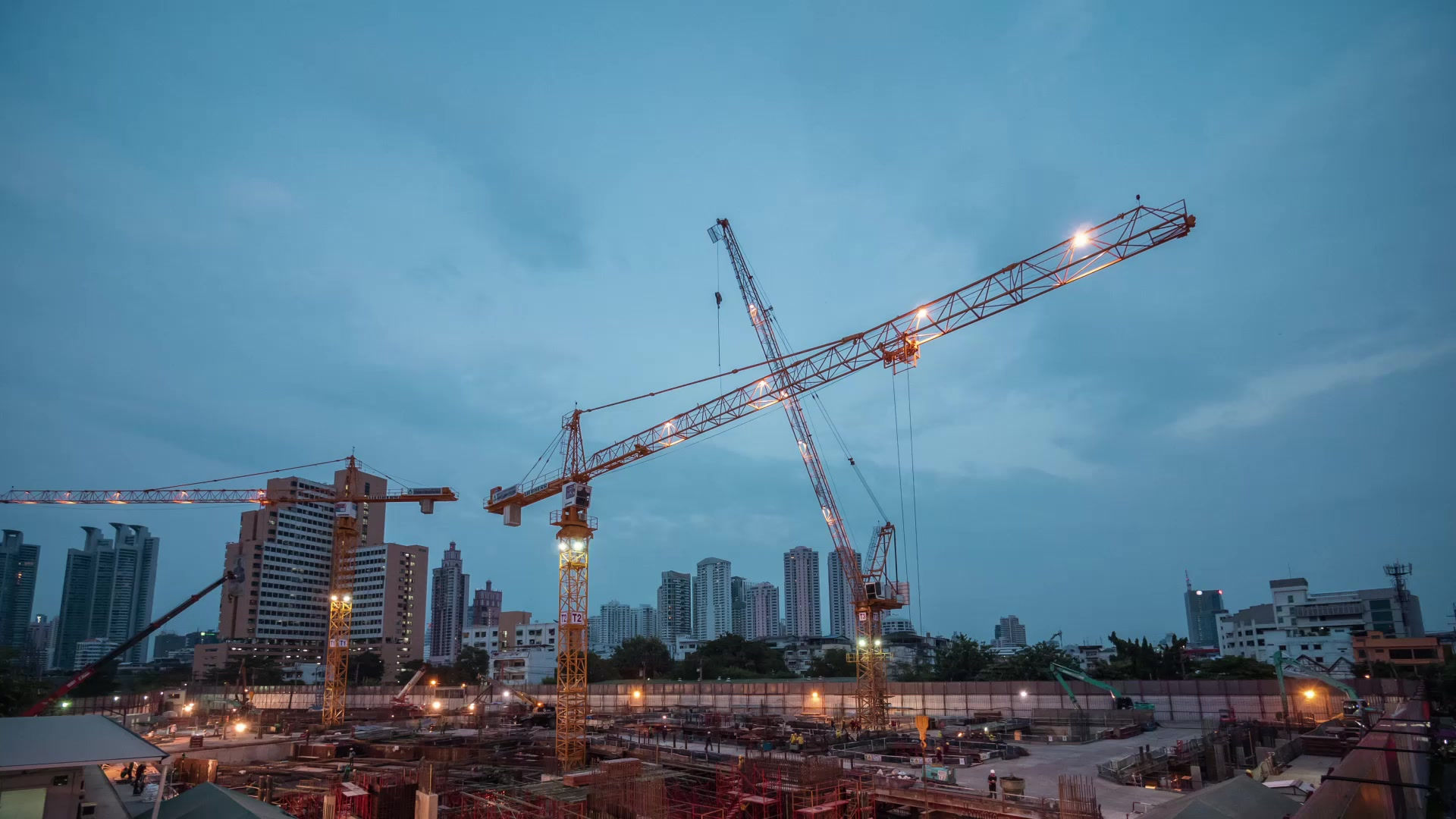Why Scheduling is the Heartbeat of Construction Projects
- Haleh Verdi

- Nov 13, 2024
- 2 min read

A well-constructed schedule is more than a timeline; it's the backbone of every project. Without it, you risk overruns, increased costs, and frustrated clients. A good construction schedule does more than outline tasks; it anticipates potential delays, manages resources effectively, and serves as a communication tool across all teams. The stakes are high, but the rewards of a well-managed schedule are enormous.
Why a Good Schedule is More Than Just a Timeline
A good construction schedule is more than a list of tasks arranged by dates. It’s a strategic tool designed to:
Anticipate potential delays: By identifying critical path activities, schedulers can predict where issues may arise and plan for them proactively.
Manage resources effectively: A well-structured schedule helps allocate labor, materials, and equipment efficiently, ensuring resources are available exactly when needed.
Improve communication across teams: A shared schedule ensures everyone—project managers, contractors, suppliers, and clients—are aligned on timelines, expectations, and roles.
Building an Effective Construction Schedule
To construct a schedule that serves as the backbone of your project, consider these best practices:
A. Start with Clear Objectives
Outline the project’s scope, budget, and timeline upfront. Understanding the client’s needs and the project’s demands from the beginning will guide the entire scheduling process.
B. Use Advanced Scheduling Tools
Today's scheduling software can track real-time changes, offer data-driven insights, and even integrate with project management tools. Choose software that suits your project’s scale and complexity.
C. Identify the Critical Path
The critical path method (CPM) helps schedulers identify essential tasks that determine the project’s overall timeline. By focusing on these critical tasks, you can minimize the risk of significant delays.
D. Allocate Resources Wisely
Efficient resource management is crucial. Schedule materials, equipment, and labor so they’re on hand when needed and not sitting idle, tying up capital.
E. Plan for Contingencies
A robust schedule includes buffer time and contingency plans. Construction projects face unpredictable challenges; building in a cushion for unexpected events is vital.
The Rewards of a Well-Constructed Schedule
When you invest in creating and maintaining an effective schedule, the benefits extend far beyond just meeting deadlines. Here’s what you can expect:
On-Time, On-Budget Completion: A well-managed schedule keeps the project on track, avoiding costly delays and budget overruns.
Improved Team Efficiency: When everyone knows what’s expected and when, the entire team can work more efficiently, reducing downtime and boosting productivity.
Enhanced Client Satisfaction: Clients value clear communication and timely project delivery. By managing the schedule effectively, you build trust and ensure the client feels informed and respected.
Reputation and Repeat Business: Successful projects boost your industry reputation, increasing the likelihood of repeat business and referrals.
Conclusion: The Power of a Proactive Approach to Scheduling
In construction, a well-constructed schedule is the cornerstone of every successful project. It anticipates delays, optimizes resources, and fosters communication among stakeholders. By prioritizing an effective schedule, project managers can control costs, meet deadlines, and exceed client expectations, ultimately securing a solid reputation and steady business growth.





Comments